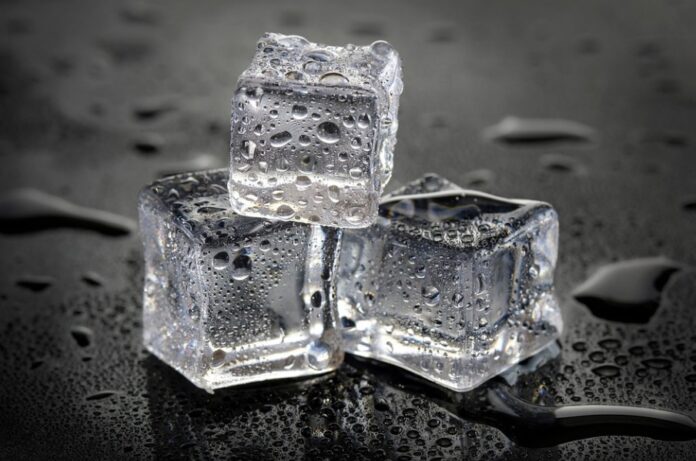We are all used to having ice-cold drinks at all times, and we know that the only thing we need to do is go to the fridge and take the ice out. Most of the time, we just enjoy modern-day perks and we forget to look back and ask what would happen if the technology we are using today was not available and how would we handle even the simplest of things. If you are one of the people who want to know more and find out interesting facts, you’ve come to the right place. Here, we are going to tell you how was ice made and preserved before refrigeration.
How was it made?

Ice was always needed for preserving food, for cooling down, and for other things as well, so even hundreds of years ago, people were in need of it throughout the year.
There were several ways of making or getting ice before the invention of the fridge, and even after when the electricity was too expensive and when the refrigerator was not something common and easily accessible.
For places with a colder climate, people used to boil water and they collected the evaporated liquid in cloths and left it to freeze throughout the night. They also used to get frozen ice blocks from the lakes in the winter and use them when needed.
Note that this was only available in the winter, and only in areas where it was cold. When it came to warm climates or summer months, people had to get creative on how to preserve the ice, or how to make it from scratch.
On websites like barbados.org, you can see that the BICO company in Barbados was one of the first places that used ice machines using ammonia absorption so that this product could easily be made and preserved throughout the year.
How was it preserved?

When it comes to storage, way before the fridge was invented, people used to preserve the blocks in a type of warehouse. These storage containers were usually made of wood, and they used straw as the main insulator. The process was successful and it helped a lot of people to have access to ice throughout the whole year.
They also used silo-shaped buildings that had a hole on top of the construction to let the airflow inside, and with that, to prevent the ice from melting. These buildings were used to preserve the blocks even in the middle of the summer, in deserts and places where the climate was really hot throughout the year.

Ice was also shipped from one country to the other using specially insulated containers so that people from all regions could have access to it all the time.
After the invention of the ice machines, in the late 1800, the bocks became available everywhere just because there were companies that manufactured and stored the ice.
After the invention of the refrigerators, and after electricity became available and affordable for everyone, these constructions and methods were not needed anymore.
However, you can still witness them in some places including Barbados, and enjoy the historical element of the process.







